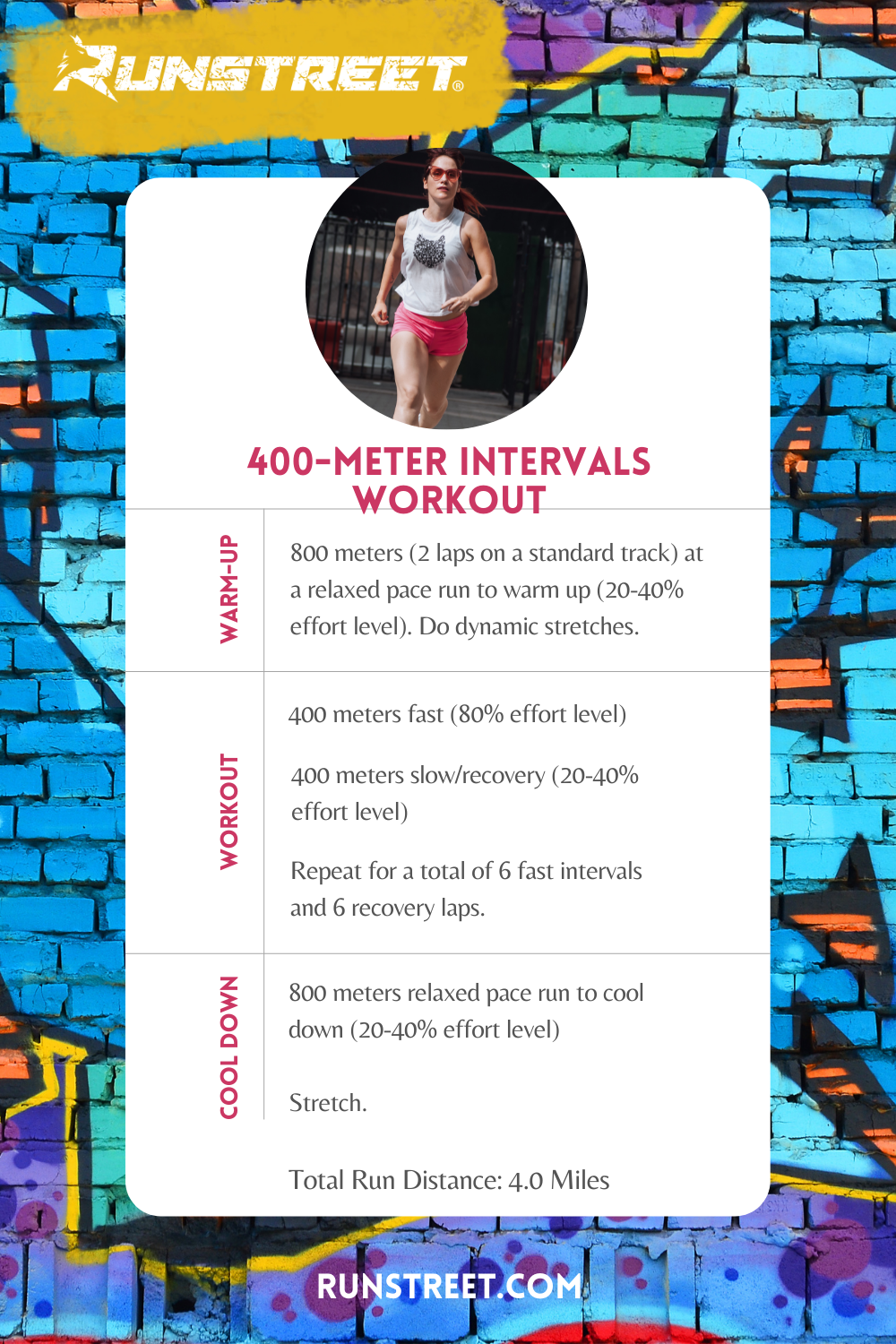Enhance Your Running Workout: Professional Strategies Revealed
Enhance Your Running Workout: Professional Strategies Revealed
Blog Article
Getting Over Pain in Operating: Approaches and Techniques That Job
Pain is a typical friend for many runners, typically functioning as an obstacle to attaining their desired objectives. With the best approaches and strategies, it is possible to get rid of and also stop the pain linked with running. By exploring various approaches such as recognizing the various sorts of running discomfort, enhancing shoes and kind, including cross-training and stamina workouts, implementing reliable healing methods, and keeping proper nourishment and hydration, runners can potentially reduce their discomfort and enhance their overall running experience.
Comprehending Various Kinds Of Running Discomfort

One more sort of running pain is joint discomfort, which can manifest as a sharp or achy discomfort in locations such as the knees, hips, or ankle joints (running strategy). Joint discomfort might be triggered by aspects like inappropriate running kind, overuse, or underlying conditions like arthritis (Source). It is essential to separate in between muscle mass pain and joint discomfort, as the latter may need clinical attention to prevent additional injury
Comprehending the different sorts of running discomfort is essential for effective management and prevention strategies to ensure a secure and delightful running experience.
Correct Shoes and Running Type
To optimize efficiency and lower the danger of running-related injuries, choosing suitable shoes and maintaining correct running form are crucial parts for joggers of all levels. It is advised to pick running footwear that are especially made for the person's foot kind, running stride, and the kind of running task they involve in.

Cross-Training and Strength Exercises
Taking part in cross-training and incorporating toughness exercises into a running routine can considerably enhance general efficiency and minimize the probability of injuries. Cross-training, such as biking or swimming, aids enhance cardio health and fitness while offering running muscular tissues a break from recurring influence. It additionally helps enhance different muscle groups, leading to better overall body conditioning. Stamina workouts, like squats, lunges, and core workouts, play an important function in stabilizing muscles and boosting running performance. They can deal with muscle mass discrepancies, enhance agility, and enhance power outcome, all of which are important for running performance.
Integrating cross-training and stamina exercises right into a running program ought to be done purposefully. It is crucial to enable adequate remainder between running sessions and cross-training tasks to avoid overuse injuries. In addition, focusing on appropriate form and strategy during toughness exercises is vital to maximizing their benefits and minimizing the risk of injury. By including these elements into a running regimen, runners can develop a stronger foundation, boost performance, and appreciate an extra sustainable running experience.
Recuperation and Rest Strategies
Having developed the importance of cross-training and stamina workouts in an extensive running regimen, attention can currently be routed towards Recuperation and Rest Methods as indispensable components for enhancing efficiency and decreasing the threat of injuries. (running strategy)
Recovery after running is vital for muscle repair work and development. Strategies such as foam rolling, stretching, and massage assistance in lowering muscle discomfort and enhancing adaptability. Adequate rest between runs enables the body to recoup and adjust to the physical stress, avoiding overuse injuries.
Integrating energetic recuperation days right into a training schedule, where low-intensity activities like walking or cycling are carried out, can improve blood flow and advertise recovery without placing excess pressure on the muscular tissues. Additionally, proper hydration and nutrition play an important role in the recovery process by replenishing lost fluids and nutrients.
Quality sleep is another important element of healing that ought to not be neglected. During sleep, the body undergoes repair work and regeneration processes, contributing to general physical and psychological wellness. By focusing on recuperation and rest strategies, joggers can preserve optimal efficiency degrees and lower the chance of experiencing discomfort or injuries.
Nourishment and Hydration for Runners
Exactly how can runners optimize their efficiency via appropriate nourishment and hydration practices? Nourishment and hydration are essential facets of a runner's training regimen, playing an essential role in efficiency, endurance, and healing. To enhance efficiency, joggers ought to concentrate on eating a healthy diet plan that includes carbs, proteins, healthy and balanced fats, vitamins, and minerals. Carbs offer energy for running, while healthy proteins aid in muscle fixing and healing. Healthy fats sustain overall wellness and assistance in absorbing crucial nutrients. Appropriate hydration is also crucial to preserve optimal efficiency, as even moderate dehydration can negatively affect running performance. Joggers should consume water before, throughout, and after their go to stay hydrated. Electrolytes, such as salt and potassium, are likewise vital for preserving liquid balance and muscle mass function - running workout. In addition, timing meals and treats appropriately prior to runs can aid avoid stomach discomfort and supply the necessary energy for peak efficiency. By focusing on their nourishment and hydration, Our site joggers can improve their endurance, quicken recovery, and carry out at their ideal.
Conclusion
Finally, by recognizing the numerous kinds of running discomfort, wearing proper shoes, maintaining appropriate running type, including cross-training and toughness workouts, focusing on recuperation and remainder, and concentrating on nourishment and hydration, joggers can properly overcome discomfort and boost their efficiency. Implementing these strategies and techniques can help joggers prevent injuries, boost their endurance, and inevitably enjoy an extra meeting running experience.
Report this page